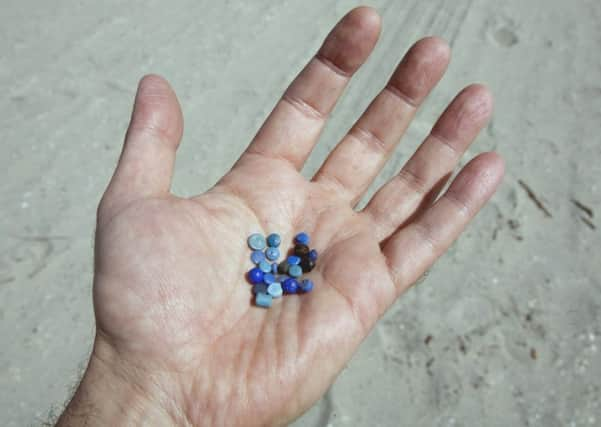Euan McGrory: We need answers on plastic pollution


The stunning “seabird cities” on the Isle of May and Bass Rock are internationally significant sites. From the shores of the Forth you can see many of the superstars of the wildlife world, including sea eagles, dolphins, seals and occassional visiting whales. But the simple pleasure of seeing, say, an oyster catcher picking along the shore line can be just as rewarding.
Like any dynamic living place the ecology of the estuary can be a delicate thing. The discovery of almost half a million pellets on just one beach at North Queensferry is alarming. The beads, known as nurdles, are blamed for soaking up pollutants and then poisoning animals which swallow them. They are often washed into the sea by accident after washing down drains.
Advertisement
Hide AdAdvertisement
Hide AdQuestions will inevitably be asked of Ineos which produces the nurdles 12 miles up the coast at Grangemouth. The company has played a leading role in introducing a “zero loss” programme in an effort to prevent pollution from its plant. But the sheer scale of the latest find the largest in the UK - demands a review of the entire production chain from Ineos upwards to identify what is going wrong.